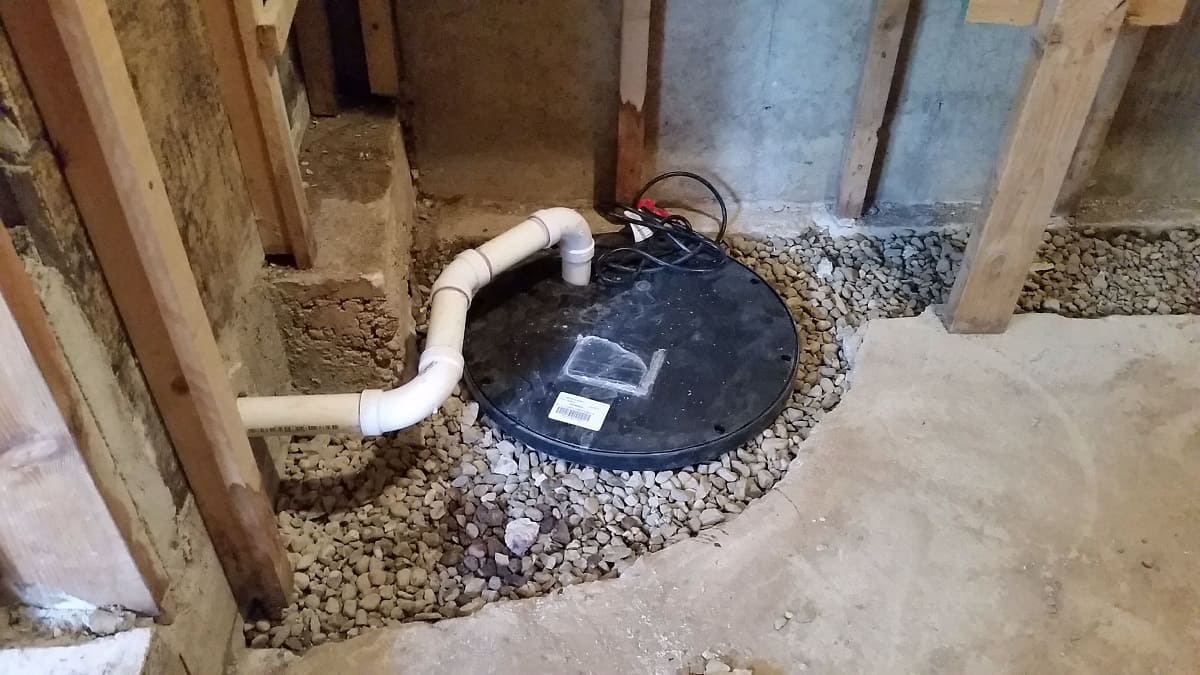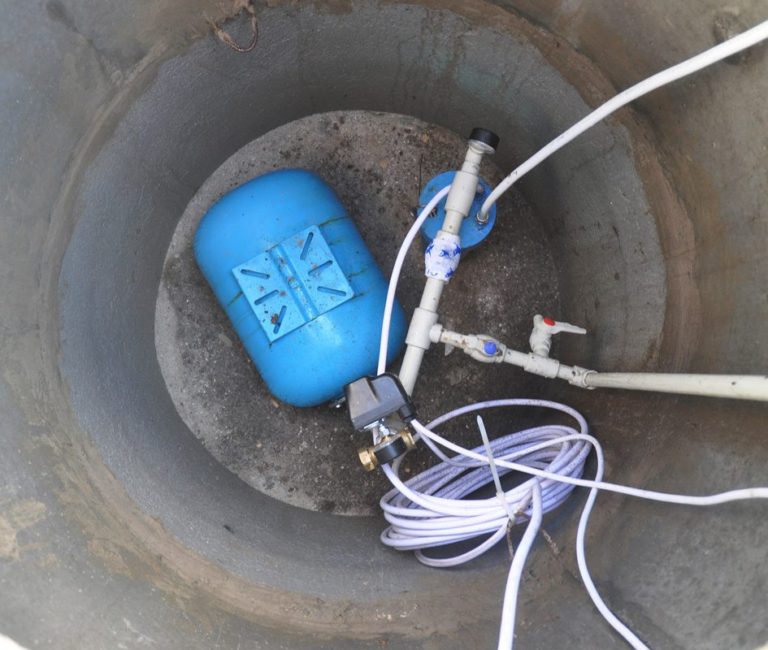Speedy Steps to Maintaining Your Sump Pump
Speedy Steps to Maintaining Your Sump Pump
Blog Article
Have you been trying to locate tips about How to Care for Your Sump Pump?

Sump pumps are critical components in numerous homes, particularly in areas prone to flooding or too much dampness. They assist stop water damage by successfully removing excess water from basements or crawl spaces. Nevertheless, like any other appliance, sump pumps require regular maintenance to guarantee they function efficiently when required one of the most. Cleansing your sump pump is an essential part of its upkeep, and recognizing just how to do it effectively can conserve you from expensive fixings and potential disasters.
Intro
Maintaining a tidy sump pump is vital for its appropriate functioning and longevity. Neglecting this crucial task can cause blockages, malfunctions, and inevitably, water damage to your residential or commercial property. For that reason, finding out exactly how to clean a sump pump is vital for property owners who count on these tools to keep their cellars dry and safeguarded.
Signs of a Dirty Sump Pump
Recognizing when your sump pump needs cleansing is crucial for avoiding possible breakdowns. Some common signs that suggest a filthy sump pump consist of weird sounds during procedure, reduced water flow, and visible particles in the pit. If you see any one of these signs and symptoms, it's necessary to clean your sump pump immediately to prevent any kind of additional concerns.
Planning for Cleaning
Before you start cleansing your sump pump, it's essential to take some safety and security precautions. Beginning by turning off the power to the pump to stay clear of any electric mishaps. Additionally, wear ideal protective equipment, such as handwear covers and safety glasses, to protect yourself from dirt, particles, and prospective microorganisms.
Recognizing the Sump Pump
Prior to diving right into the cleansing procedure, it's important to have a fundamental understanding of exactly how a sump pump functions. Generally mounted in a pit or basin listed below the cellar flooring, a sump pump includes a number of crucial components, including a pump, a float switch, and a discharge pipe. When water builds up in the pit, the float switch triggers the pump, which then pumps the water out via the discharge pipe, away from the structure's structure.
Step-by-step Overview to Cleansing a Sump Pump
Shutting Off the Power
Begin by detaching the power supply to the sump pump to avoid any type of mishaps while cleaning.
Checking for Appropriate Functioning
Before re-installing the pump, do a fast test to make sure that the float button activates the pump correctly. Put some water into the sump pit and observe the pump's procedure. If everything is functioning appropriately, you can reconstruct the pump and reconnect the power supply.
Removing Particles and Dust
Utilize a container or a scoop to remove any visible debris, dust, or debris from the sump pit. Dispose of the debris appropriately to stop it from obstructing the pump or the discharge pipeline.
Cleaning up the Pump and Drift Change
As soon as the pit is free from particles, meticulously get rid of the pump from the pit. Inspect the pump and the float button for any indications of damage or wear. Make use of a soft brush or cloth to cleanse the surfaces and eliminate any type of collected crud.
Purging the System
After cleansing the pump and float button, purge the sump pit with tidy water to eliminate any type of continuing to be dust or sediment. This will help guarantee that the pump runs smoothly and effectively.
Maintenance Tips to Keep Your Sump Pump Clean
In addition to routine cleaning, there are numerous upkeep ideas you can comply with to keep your sump pump in optimal problem:
Final thought
Cleaning your sump pump is a critical element of its maintenance and guarantees that it operates successfully when you require it the most. By following the actions outlined in this overview and integrating normal upkeep right into your regimen, you can expand the life expectancy of your sump pump and safeguard your home from water damages.
6 STEPS ON HOW TO CLEAN A SUMP PUMP PROPERLY
UNDERSTANDING SUMP PUMPS
Your sump pump plays a crucial role in protecting your home by managing and removing excess water. It primarily functions as a “shield”, guarding your basement against the damaging effects of water accumulation. The pump is housed in a sump pit in the lowest part of your basement, and its job is to pump out any water that collects there.
During heavy rainfalls or when snow melts rapidly, water can infiltrate your basement, posing potential risks like flooding, structural damage, and harmful mold growth. Here, the sump pump springs into action, pumping out the intruding water and directing it away from your home.
SAFETY FIRST
Before cleaning, remember to prioritize safety. Disconnect the sump pump from the power source to prevent any accidental electric shocks. Also, wear sturdy gloves to protect your hands from any sharp or dirty components within the pump.
REMOVE THE SUMP PUMP
After ensuring your safety, the next step is to remove the sump pump from its pit. Doing this might require careful maneuvering as you don’t want to damage any pump components. Once removed, clean the sump pit to remove any accumulated debris or sludge.
INSPECT THE PUMP
Inspect the pump for any visible signs of wear or damage. Check the power cord, float switch, and impeller housing. If any components look worn out or damaged, consider replacing them to ensure optimal performance.
CLEAN THE PUMP
Thoroughly clean the pump with warm, soapy water. Make sure to rid it of any dirt, gravel, or other debris that might impede its performance. You can use a toothbrush to clean the small, hard-to-reach parts of the pump.
REINSTALL THE SUMP PUMP
Reinstall the pump into the sump pit Make sure it’s positioned correctly to remove the water effectively Once it’s back in place, reconnect it to the power source TEST THE PUMP
Finally, pour some water into the pit to ensure the pump works correctly. It should start automatically and begin pumping out the water; if it doesn’t, check the power source and the positioning of the pump.
Remember, while cleaning your sump pump is an essential part of home maintenance, hiring a professional plumber for a thorough inspection and cleaning at least once a year is also important. This will ensure that your pump is in optimal condition, ready to protect your home from potential water damage.
BEST PRACTICES FOR CLEANING SUMP PUMP DISCHARGE PIPES
Regular Inspection: Regularly inspect your discharge pipes, especially during heavy rainfall or snowmelt periods. Look for any signs of blockage or damage. Early detection of problems can prevent serious issues down the line. Periodic Cleaning: Over time, sediment and debris can accumulate in the discharge pipes, impeding the flow of water. Regular cleaning helps keep the pipes clear and functioning efficiently. You can use a high-pressure water jet to effectively clean the pipes. Insulation During Winter: In colder climates, discharge pipes can freeze, blocking the outflow of water. Protect your discharge pipes from freezing temperatures by insulating them with foam pipe insulation. This will ensure the sump pump can continue to discharge water even in freezing conditions. Proper Positioning: The discharge pipe should be positioned to direct water away from your home’s foundation. Improper positioning can lead to water seeping back into the basement. Ensure the pipe is long enough and angled correctly. Installation of a Check Valve: A check valve prevents water from flowing back into your sump pit after the pump has pushed it out. Installing a check valve helps maintain the efficiency of your sump pump and reduces the risk of flooding. Minimize Pipe Turns: Every curve or turn in the discharge pipe can decrease the efficiency of water flow. By minimizing turns and bends in your discharge pipe, you can increase the efficiency of your sump pump. https://www.fullspeedplumbing.com/how-to-clean-a-sump-pump-properly9999/

We were made aware of that article about How to Care for Your Sump Pump from a buddy on another web property. You should set aside a second to share this page if you liked it. Thanks a lot for your time spent reading it.
Here Report this page